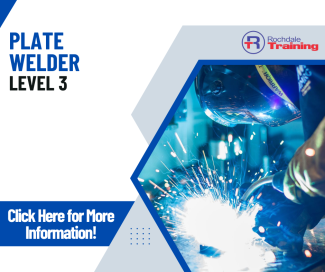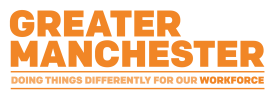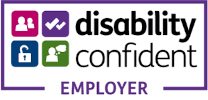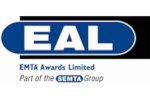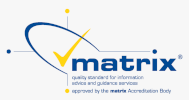This Apprenticeship is a brilliant way to gain new practical and professional skills, on-the-job training, nationally recognised qualifications and earn money at the same time. This Apprenticeship course is also available to those who are employed and want to upskill in the workplace.
Course Overview:
The broad purpose of the occupation is to manually weld plate and structural components to high standards of quality. This will involve fabrication, construction or repair of fabricated plate assemblies, extrusions and structural components (e.g. Channel, H-Beams, I-Beams etc.) used often used to fabricate larger components and assemblies.
Plate welders will weld to internationally recognised quality standards using more than one manual arc welding process from Tungsten Inert Gas (TIG), Plasma Arc Welding (PAW), Manual Metal Arc (MMA), Metal Inert Gas (MIG)/Metal Active Gas (MAG) and Flux Cored Arc Welding (FCAW) on more than one material group from Carbon Steel, Low Alloy Steel, High Alloy Ferritic/Martensitic Steel, Austenitic Stainless Steel, Nickel & Nickel Alloys, Aluminium & Aluminium alloys, Titanium & Titanium Alloys, Copper & Copper Alloys. For example, a Plate Welder might use Manual Metal Arc (MMA) and Flux Cored Arc Welding (FCAW) to join both Carbon Steel and Low Alloy Steel materials.
What You Will Learn:
- Dimensional and mechanical properties (strength, toughness, thermal expansion etc.) of materials to be welded.
- Continuous improvement processes, performance review and how this is undertaken within their organisation.
- The importance of complying with statutory, quality, organisational and health, safety and environmental regulations.
- Types and functions of welding consumables, fluxing systems and the requirement for correct identification, storage, conditioning, handling, recycling and disposal.
- Welding Procedure Specification requirements, contents, and information derived to establish specific product information.
The Training Will Include:
- Face-to-face and/or remote workshops together with online learning
- 1:1 support from a Tutor who will visit your workplace
- Progress reviews are to be completed with your Tutor and line manager
- Development of a work-based portfolio to evidence learning
- End-point assessment (EPA)
- Functional Skills English and/or maths Level 2, if required
Entry Requirements:
There are no formal entry requirements. In order to complete the apprenticeship, you will need English and maths at Level 2 (equivalent to GCSE grade 9-4), but if you don’t have these qualifications don’t let this stop you from undertaking the apprenticeship as we can help you gain the Level 2 requirement during your studies.
Duration:
36 Months plus 3 months EPA
Professional Membership:
This standard aligns with the following professional recognition:
- The Welding Institute for Engineering Technician
For more information or any queries, please contact our Recruitment Team at 01706 631 417 or recruitment@rochdaletraining.co.uk
